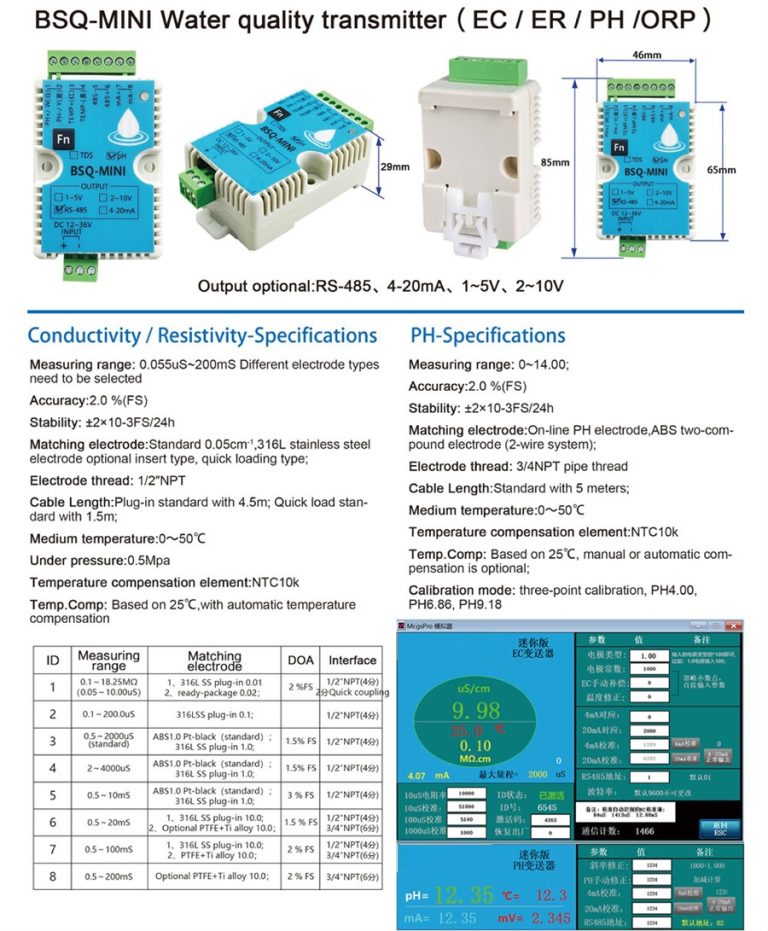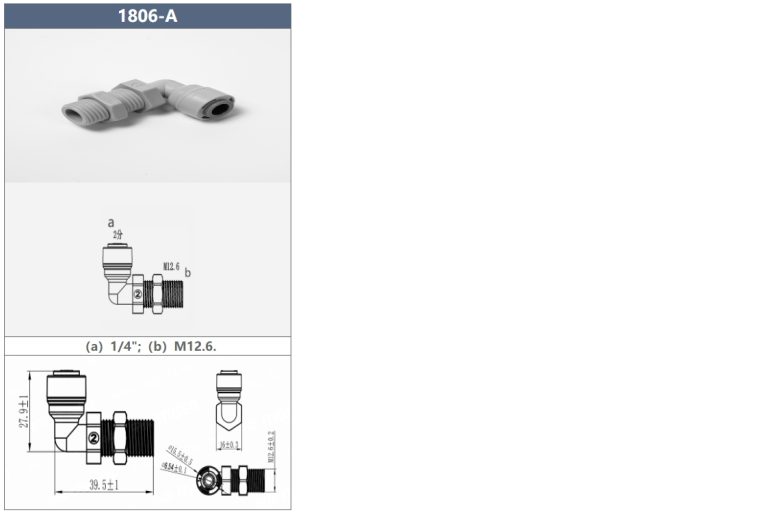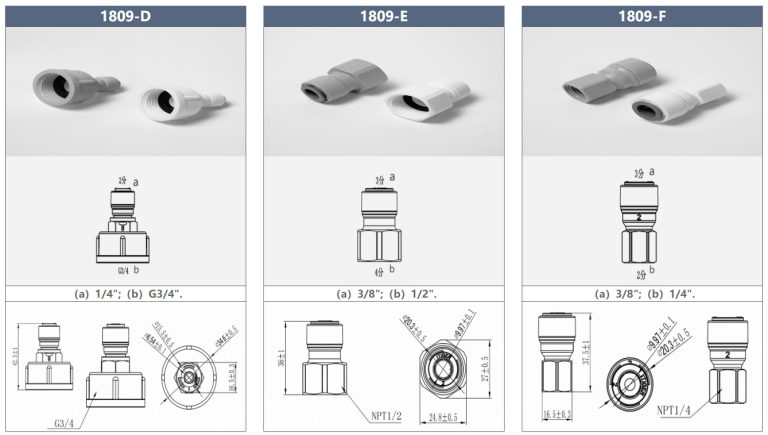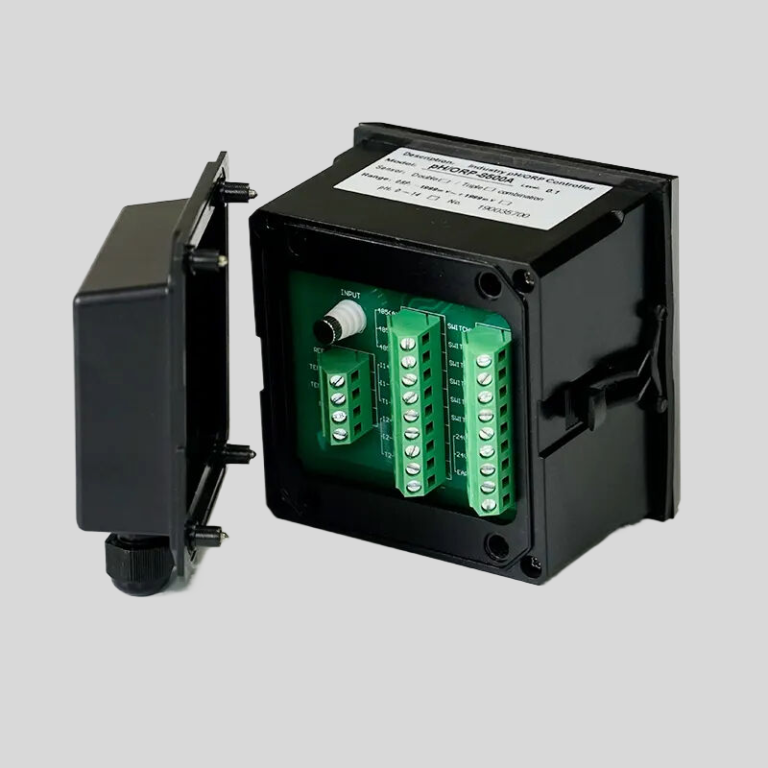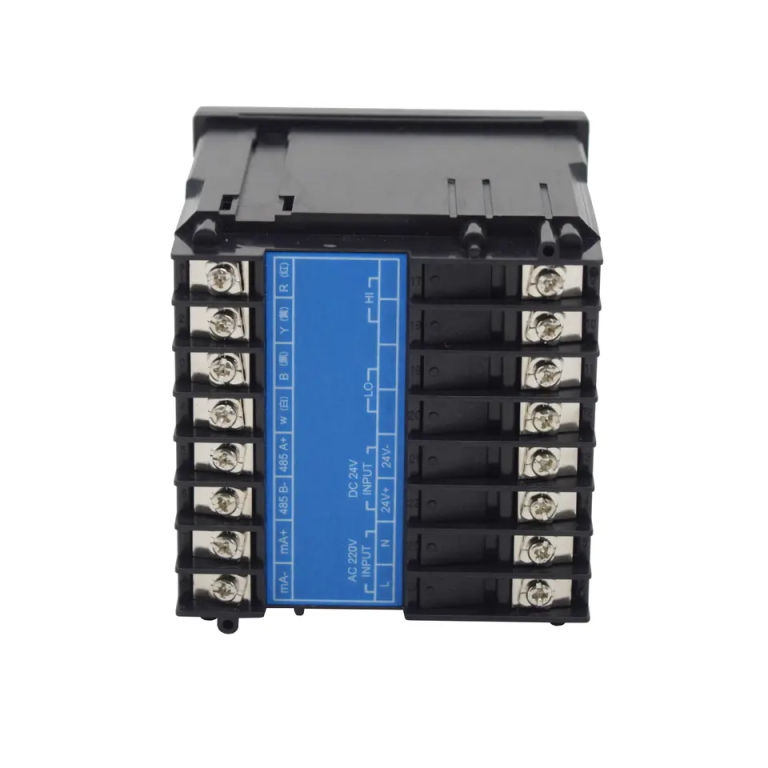“Mastering Precision: The Art of Sizing Control Valves”
Understanding the Basics of control valve Sizing
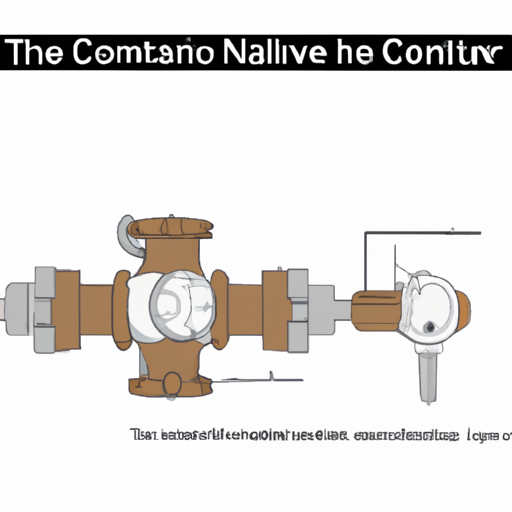
Control valves are an essential component in many industrial processes, as they regulate the flow of fluids or gases. Properly sizing a control valve is crucial to ensure optimal performance and efficiency. In this article, we will delve into the basics of control valve sizing, providing you with a comprehensive understanding of this important process.
To begin with, it is important to note that control valve sizing is not a one-size-fits-all approach. Each application has its unique requirements, and the sizing process must take into account various factors. These factors include the desired flow rate, pressure drop, fluid properties, and the characteristics of the system.
The first step in sizing a control valve is to determine the required flow rate. This can be done by analyzing the process requirements and considering factors such as the desired production rate and the maximum and minimum flow rates. It is crucial to accurately determine the flow rate, as an undersized valve can lead to excessive pressure drop and reduced performance, while an oversized valve can result in poor control and wasted energy.

Once the flow rate is determined, the next step is to calculate the pressure drop across the control valve. Pressure drop refers to the decrease in pressure as the fluid passes through the valve. It is essential to consider the pressure drop, as it affects the overall system performance. To calculate the pressure drop, one must consider factors such as the fluid properties, the valve size, and the flow conditions.
| Model | Central tube | Drain | Brine tank connector | Base | Power supply parameters | Maximum power | Pressure parameters | Operating temperature |
| 2850 | 1.9″(1.5″)O.D. | 1″NPTM | 3/8″&1/2″ | 4″-8UN | 24v,110v,220v-50Hz,60Hz | 72W | 2.1MPa | 1℃-43℃ |
| 0.14-0.84MPa |
Fluid properties, such as viscosity and density, play a significant role in control valve sizing. These properties affect the flow characteristics of the fluid and must be taken into account when selecting the appropriate valve size. Additionally, the valve size itself is a crucial factor in control valve sizing. The valve size should be selected based on the desired flow rate and the pressure drop requirements. It is important to note that control valves are available in various sizes, and selecting the right size is essential for optimal performance.
Another important consideration in control valve sizing is the flow conditions. The flow conditions, such as whether the flow is laminar or turbulent, affect the valve’s performance. For laminar flow, a different sizing approach is required compared to turbulent flow. It is crucial to accurately determine the flow conditions to ensure the control valve is sized correctly.
In addition to the factors mentioned above, it is also important to consider the characteristics of the system when sizing a control valve. The system characteristics, such as the pipe size, pipe length, and the presence of fittings or bends, can affect the valve’s performance. These factors can cause additional pressure drop and must be taken into account during the sizing process.
In conclusion, sizing a control valve is a critical step in ensuring optimal performance and efficiency in industrial processes. It requires a thorough understanding of the process requirements, fluid properties, and system characteristics. By accurately determining the flow rate, calculating the pressure drop, considering fluid properties, selecting the appropriate valve size, and accounting for flow conditions and system characteristics, one can successfully size a control valve. Properly sized control valves result in improved control, reduced energy consumption, and enhanced overall system performance.

